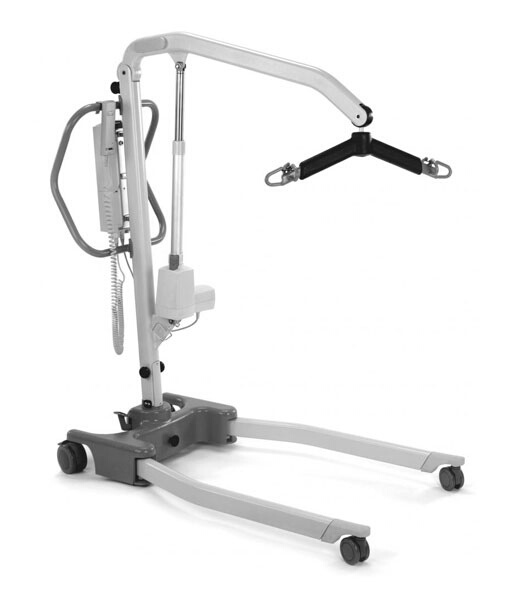Hoists are lifting systems which make it possible to transfer someone who has limited mobility freely from one location to another. Advantages include simple biomechanics, providing a secure method of patient transfer, whilst protecting staff and minimizing injury caused by poor manual handling.
The first portable hoist to deploy a block and tackle mechanism was developed by Lord Armstrong in 1845 as a way to lift heavy loads in small, confined spaces. In 1949, Ted Hoyer, a quadriplegic, invented what would become the first patient-power lift. Frustrated by his lack of independence and mobility, he worked with his cousin, Victor Hildeman, to remedy the situation. The lift was referred to in the local newspaper in Oshkosh, Wisconsin as;
The device, which gently and easily lifts the handicapped person from bed and lowers him into a wheelchair, is so versatile that it is also used to help the patient in and out of automobiles.
Hoyer is synonymous with patient lifts today.
John Payne, an engineer, successfully commercialized the first “Oxford” mobile patient hoist in 1955. Working with Dr Ritchie Russel from Headington Hill Hospital where the first wall-mounted patient lift was installed in 1954, they improved on the existing bed hoist system. This used counterbalanced weights to assist nurses in transferring patients in and out of bed. The new design incorporated 6 castor wheels to navigate over uneven ground. Late in 1980, Oxford developed the Dipper pool hoist as well the Mermaid bath hoist.
Description provided by Magda Fourie of South Africa

